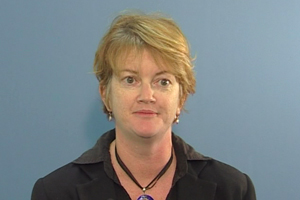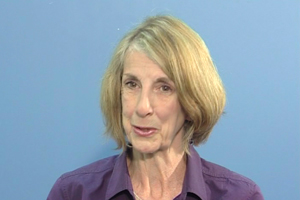Strategies for Learning and Teaching
Numerous theories have been proposed to explain what happens when a person moves from a state of not knowing, or not being able to do something, to that of knowing or being able. Experiential learning theory has particular applicability to learning in the workplace. One theory that continues to be widely used within the context of workplace education is Kolb’s theory of experiential learning. Briefly, this theory highlights that:
- learning is a process which combines experience, reflection, thinking and doing
- different people prefer different style/s of learning, and learn more effectively if they can utilize their preferred learning style
- learning results from constructive interactions between the person and his/her environment
- learning is a holistic process of adaptation. It is not just the result of thinking, but involves the integration of thinking, feeling, perceiving and behaving
- time is needed for learners to process their experiences in order to derive new meanings that can be applied to future situations.
An important influence on the process of learning is the atmosphere, or climate, of the environment in which the learning is taking place. Students, particularly those from diverse cultural and linguistic backgrounds, often feel vulnerable in the clinical learning environment where the pace of work is fast and students face unfamiliar patients, language, staff and routines. The positive effect of a friendly environment where students feel welcome cannot be overestimated. Equally, students have responsibilities in preparing themselves adequately for the experience they are about to undertake. Read more about what makes a positive learning environment.
What makes a positive learning environment
Characteristics that have been identified by students and workplace supervisors regarding what makes a positive learning environment include:
- A welcoming environment where learners are made to feel wanted and valued (not a burden)
- A culture of learning
- A safe environment where learners feel it is safe to participate, ask questions, take chances and make mistakes.
- Appropriate learning opportunities which take into account where learners are in their progression from observers to independent practitioners.
- Clear objectives which expected educational outcomes and the knowledge and proficiency level of each cohort of learners.
- Clinical staff who are good role models for students through modelling good clinical practice and evidence-based practice.
- Well-prepared learners, who demonstrate professionalism and are willing and able to adapt their learning style to new environments
Best Practice Clinical Learning Environment Project, Dept. Of Health, Victorian Government, 2010, http://www.health.vic.gov.au/workforce/placements/capacity/best-practice.
Watch these Videos to hear from students and staff on getting the workplace experience off to a good start.
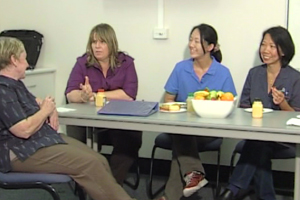
Preparing for Prac
How can you prepare yourself for prac?
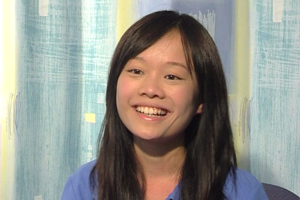
Settling in (Students)
Why is it important to work closely with staff
in the clinical environment?
There are many different ways to facilitate learning and teaching in the clinical environment. Some specific strategies that can be used by both students and workplace supervisors are:
Watch these Videos to see examples of some of these strategies being used during a typical clinical ‘prac’ day. While you’re watching the videos, think about your own ways of approaching these issues, and what you can learn from the information in this section that will help you to achieve / facilitate quality learning outcomes.
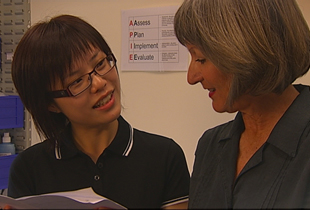
Handover
Handover
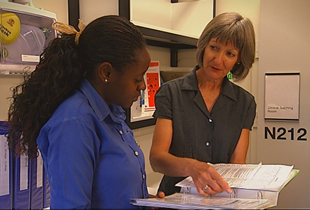
Getting Organised
Getting Organised
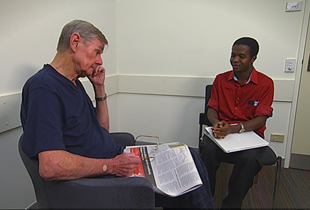
Communicating With Patients
Communicating With Patients
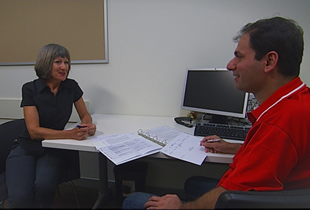
Thinking Critically
Thinking Critically
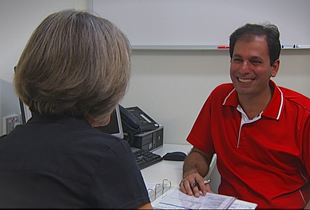
Reflecting
Reflecting



